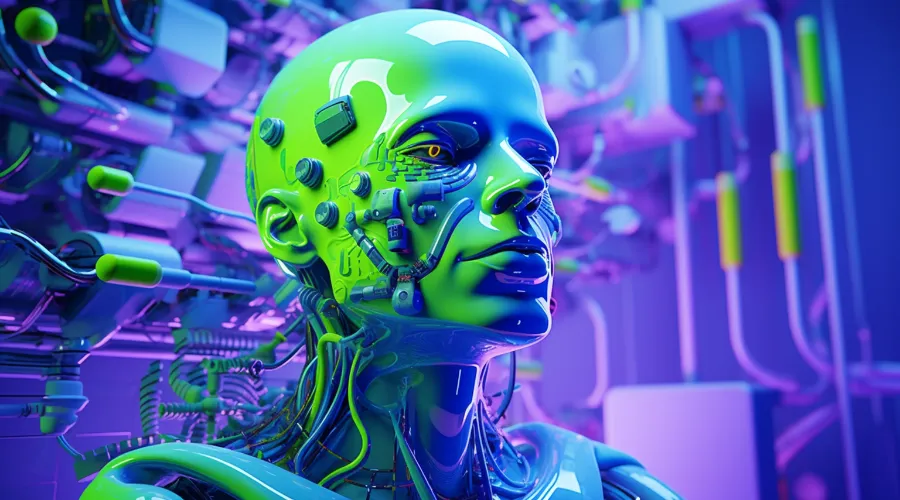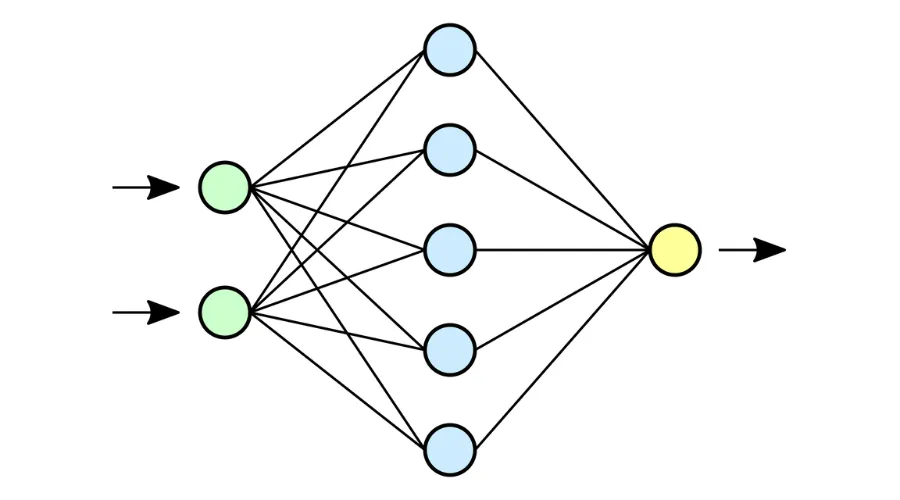
In the ever-evolving landscape of technology, one term that has gained immense prominence is “Machine Learning.” This transformative field has revolutionized the way we interact with data, make decisions, and address complex problems. In this blog, we will delve into the fundamentals of Machine Learning, its applications, and the profound impact it has on various industries.
The Basics of Machine Learning
At its core, Machine Learning is a subset of artificial intelligence (AI) that focuses on developing algorithms and models that enable computers to learn from data. Unlike traditional programming, where explicit instructions are provided, Machine Learning systems leverage data to improve their performance over time. There are three main types of Machine Learning:
1. Supervised Learning
Supervised learning involves training a model on a labeled dataset, where the input data and corresponding output are provided. The algorithm learns to map the input data to the correct output by making predictions and adjusting its parameters based on the feedback received.
2. Unsupervised Learning
In unsupervised learning, the algorithm is given unlabeled data and is tasked with finding patterns or structures within it. This type of learning is often used for clustering and dimensionality reduction, uncovering hidden relationships in the data without predefined labels.
3. Reinforcement Learning
Reinforcement learning involves training a model to make sequences of decisions. The algorithm receives feedback in the form of rewards or penalties based on its actions, allowing it to learn the optimal strategy to achieve a specific goal.
Applications of Machine Learning
The versatility of Machine Learning has led to its widespread adoption across various domains, bringing about transformative changes in the way tasks are performed and problems are solved.
1. Healthcare
Machine Learning is making significant strides in healthcare, from diagnosing diseases to personalized treatment plans. Algorithms analyze medical data, such as patient records and imaging results, to identify patterns and make predictions. This aids healthcare professionals in making informed decisions and improving patient outcomes.
2. Finance
In the financial sector, Machine Learning plays a crucial role in fraud detection, risk assessment, and portfolio management. Algorithms analyze large datasets to identify irregularities or patterns that human analysts might miss, enhancing the overall security and efficiency of financial operations.
3. Marketing
Marketers leverage Machine Learning for customer segmentation, targeted advertising, and personalized recommendations. By analyzing customer behavior and preferences, algorithms can optimize marketing strategies, leading to more effective campaigns and improved customer satisfaction.
4. Autonomous Vehicles
The development of self-driving cars relies heavily on Machine Learning. These vehicles use complex algorithms to process data from sensors and cameras, enabling them to navigate and make real-time decisions on the road. Machine Learning algorithms are crucial for ensuring the safety and reliability of autonomous vehicles.
The Evolution of Machine Learning Algorithms
Machine Learning algorithms have evolved significantly over the years, driven by advances in computing power, data availability, and algorithmic innovation. Some of the key types of Machine Learning algorithms include:
1. Decision Trees
Decision trees are a popular supervised learning algorithm used for classification and regression tasks. They work by recursively splitting the dataset into subsets based on the most significant features, creating a tree-like structure that aids in decision-making.
2. Neural Networks
Inspired by the structure of the human brain, neural networks consist of interconnected nodes organized in layers. Deep learning, a subset of Machine Learning, involves neural networks with multiple hidden layers. These networks excel in tasks such as image and speech recognition.
3. Support Vector Machines (SVM)
SVM is a powerful algorithm for both classification and regression tasks. It works by finding the optimal hyperplane that separates different classes in the feature space. SVM is particularly effective in high-dimensional spaces and is widely used in image classification and text analysis.
Challenges and Ethical Considerations
While Machine Learning offers tremendous potential, it is not without its challenges and ethical considerations. One major challenge is the issue of bias in algorithms. Machine Learning models learn from historical data, and if that data contains biases, the models can perpetuate and even exacerbate those biases.
Ethical considerations also arise in areas such as privacy, accountability, and transparency. As Machine Learning systems become more integrated into our daily lives, there is a growing need for ethical frameworks and guidelines to ensure responsible development and deployment.
The Future of Machine Learning
The future of Machine Learning holds exciting possibilities, with ongoing research and advancements pushing the boundaries of what is possible. Some key trends and developments include:
1. Explainable AI
As Machine Learning models become more complex, there is a growing demand for explainable AI. Understanding how models make decisions is crucial for building trust and ensuring accountability, especially in applications where the stakes are high, such as healthcare and finance.
2. Federated Learning
Federated learning is a decentralized approach where models are trained across multiple devices or servers holding local data. This allows for collaborative model training without sharing sensitive data, addressing privacy concerns and enabling Machine Learning in edge computing environments.
3. Quantum Machine Learning
The intersection of quantum computing and Machine Learning opens up new possibilities for solving complex problems at an unprecedented speed. Quantum Machine Learning algorithms leverage the principles of quantum mechanics to perform computations that would be infeasible for classical computers.
Conclusion
In conclusion, Machine Learning is a transformative force that is reshaping industries, driving innovation, and solving complex problems. From healthcare to finance, its applications are vast and diverse, with the potential to enhance efficiency and improve decision-making. However, as we embrace the power of Machine Learning, it is essential to address challenges such as bias and ethical considerations, ensuring that its benefits are realized responsibly.
As we look to the future, the evolution of Machine Learning algorithms, coupled with emerging trends like explainable AI and quantum machine learning, promises a world where intelligent systems work seamlessly to augment human capabilities. Embracing this future requires a concerted effort from researchers, developers, and policymakers to steer Machine Learning toward a responsible and ethical path, unlocking its full potential for the benefit of society.









